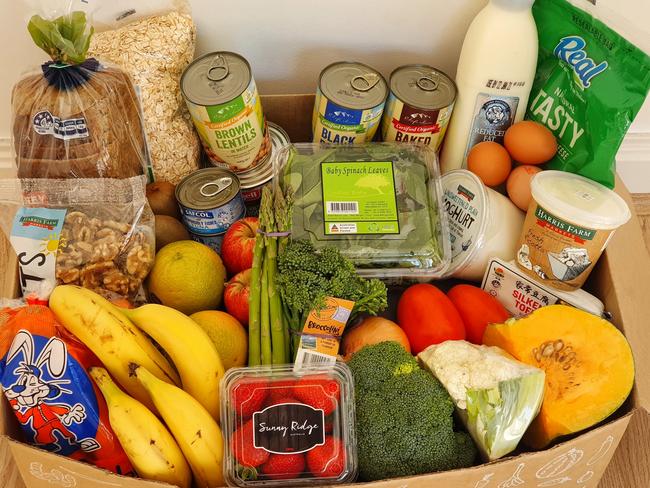Shock data: Coast’s northern suburbs most at-risk of battling diabetes
Health experts say the Gold Coast is in the grips of diabetes epidemic, as case number in adults and children continue to skyrocket while thousands more continue to go undiagnosed.
Gold Coast
Don't miss out on the headlines from Gold Coast. Followed categories will be added to My News.
- Ambulance ramping Qld: Woman dies after diabetic coma from hospital food
- Covid causes a 'diabetes time bomb'
Health experts fear the Gold Coast is in the midst of yet another epidemic, as the number of type 2 diabetes cases in adults and young children skyrockets.
According to Diabetes Australia, just under 22,500 cases are on the Gold Coast – a majority of them in the northern suburbs – though experts believe that figure could be double as similar numbers unknowingly live with the condition.
“For every one person we have diagnosed we know that there’s one person who is not being diagnosed,” Medical on Miami’s Laura Zimmerman said.
The worst affected suburbs were Coombabah, Hope Island, Ormeau and Southport.
Nerang, Coomera and Pimpama also featured, despite falling shy of the national average.
“There’s a lot of a shame and stigma but we really need to eliminate that and instead start spreading awareness and education that we need to be looking after our health and bodies,” Ms Zimmerman said.
“As a society we’ve become accustom to some habits that can have negative long-term impacts on a person’s health – we often work shiftwork or more than one job to feed our family.”

Blue-chip suburbs like Benowa, Burleigh Heads, Tallebudgera Valley and Mermaid Beach scored under the national average by about 4 per cent.
Type 2 diabetes is when the body doesn’t produce enough insulin, or resists insulin. Treatments can include diet, exercise, medication and insulin therapy.
Ms Zimmerman said a “lower socio-economic status” contributed to those worst affected suburbs, with residents more likely to prioritise working two jobs over caring for their health,
“Those who live in those particular postcodes might not be able to exercise as much,” she conceded.
“People are eating more carbohydrates, processed and sugary foods, while also leading a more sedentary lifestyle – this has changed our bodies and how we store energy,” she added.
And while temptation can sometimes be hard to resist, cutting back sugary soft drinks and quitting smoking could prove a small step in the right direction.
Originally published as Shock data: Coast’s northern suburbs most at-risk of battling diabetes



